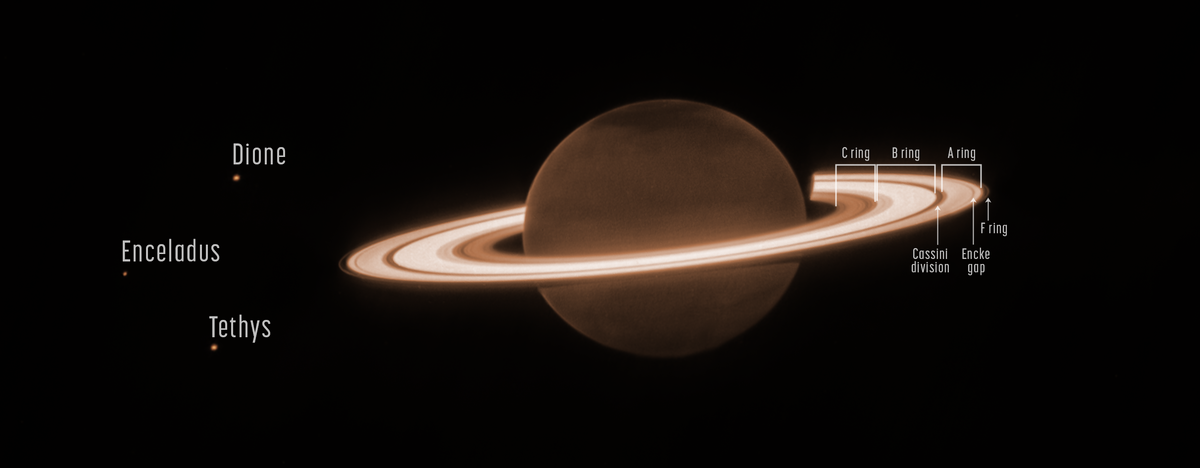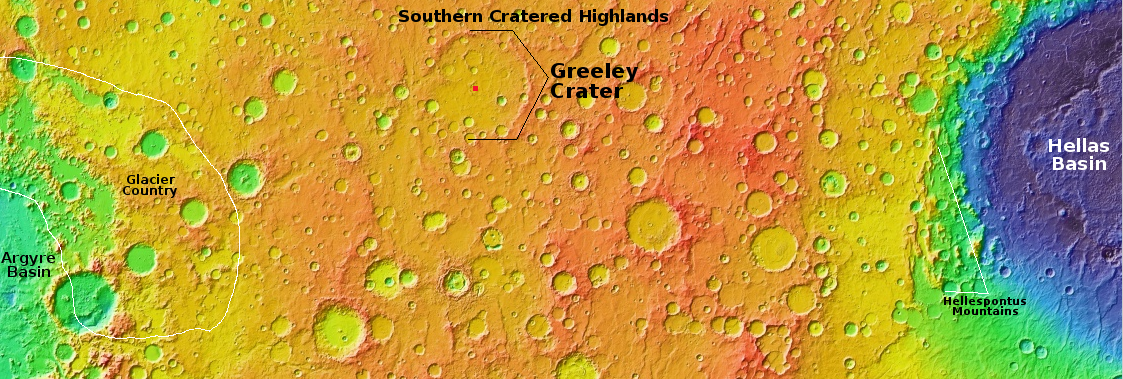Instrument designed to detect lightning releases first data

Lightning over Europe. Click for original movie.
The first data from the Lightning Imager launched in December 2022 on Europe’s Meteosat weather satellite has now been released, the images compiled into movies showing lightning activity across Europe, Africa, the Middle East and parts of South America.
While the animations are a first initial result from the Lightning Imager, the Meteosat Third Generation Imager is currently undergoing its commissioning phase during which the instruments are calibrated and the data is validated. Data from the Lightning Imager will be available for operational use in early-2024 at an increased sensitivity.
You can see all the movies here. The lightning is found almost exclusively over land. In fact, you can see the lightning in one storm vanish as the storm drifts out into the Mediterranean.

Lightning over Europe. Click for original movie.
The first data from the Lightning Imager launched in December 2022 on Europe’s Meteosat weather satellite has now been released, the images compiled into movies showing lightning activity across Europe, Africa, the Middle East and parts of South America.
While the animations are a first initial result from the Lightning Imager, the Meteosat Third Generation Imager is currently undergoing its commissioning phase during which the instruments are calibrated and the data is validated. Data from the Lightning Imager will be available for operational use in early-2024 at an increased sensitivity.
You can see all the movies here. The lightning is found almost exclusively over land. In fact, you can see the lightning in one storm vanish as the storm drifts out into the Mediterranean.















